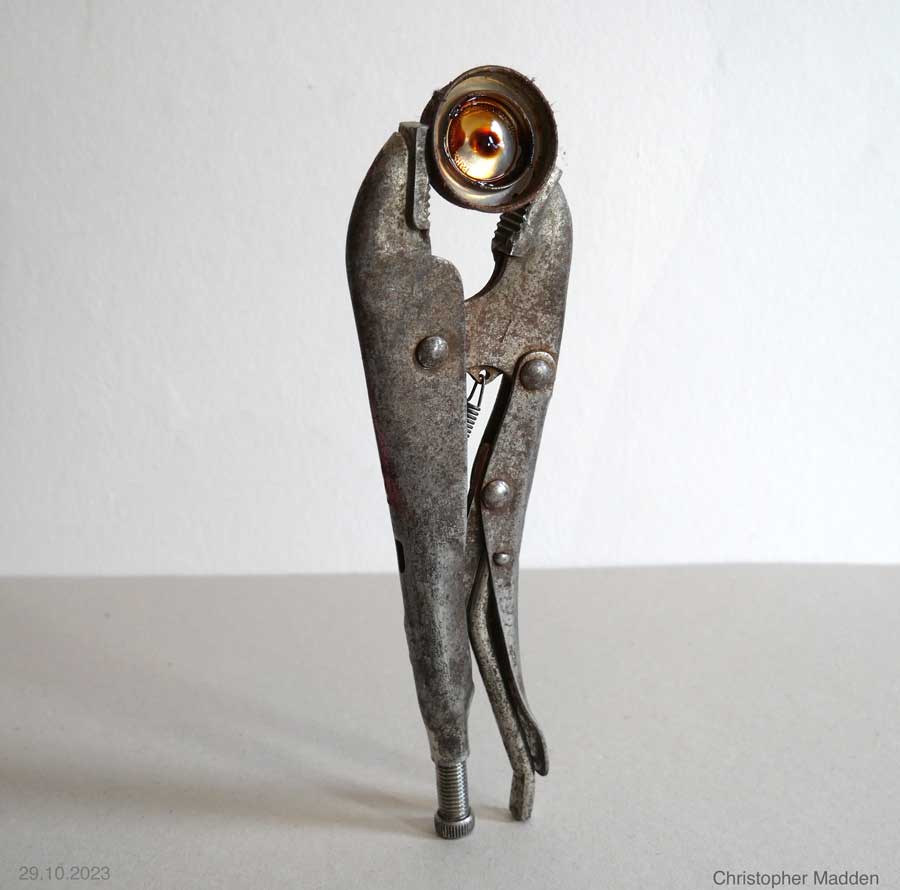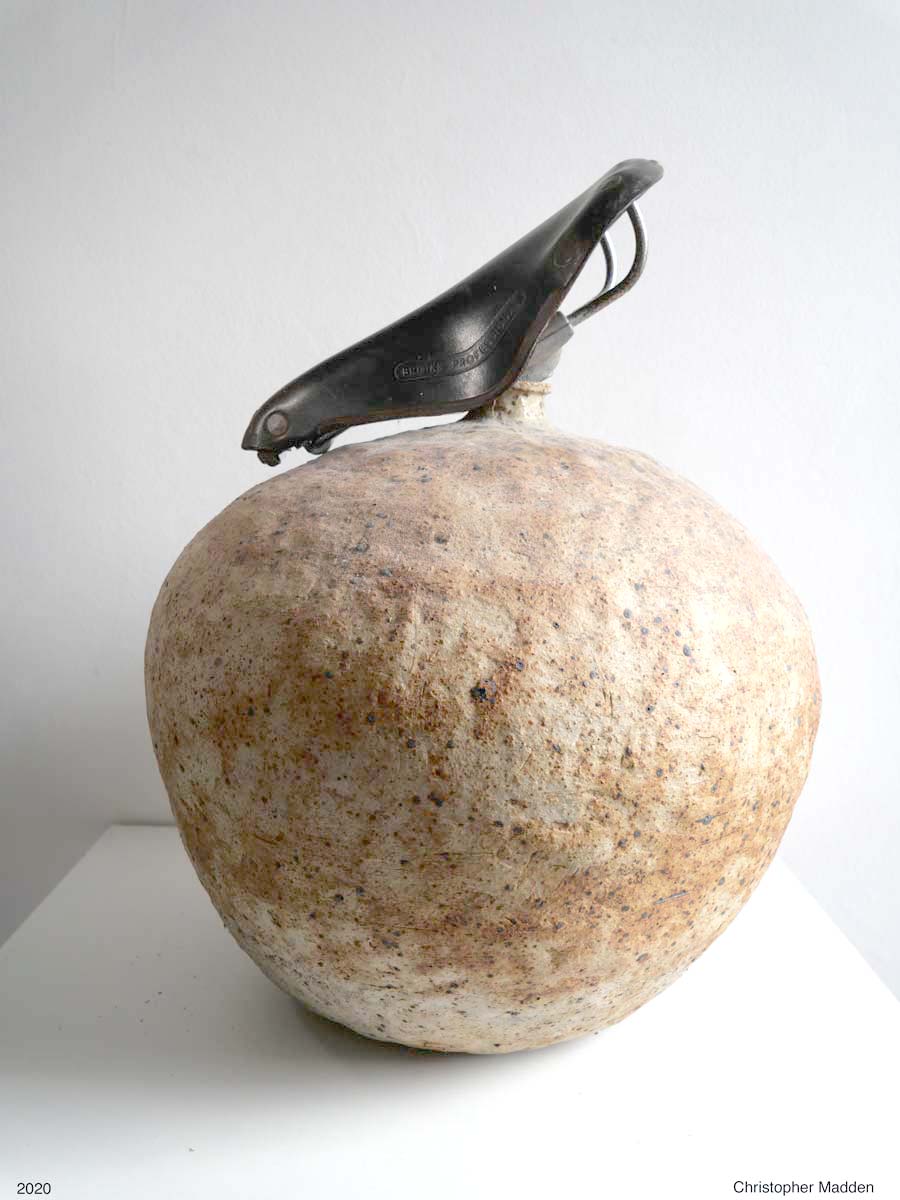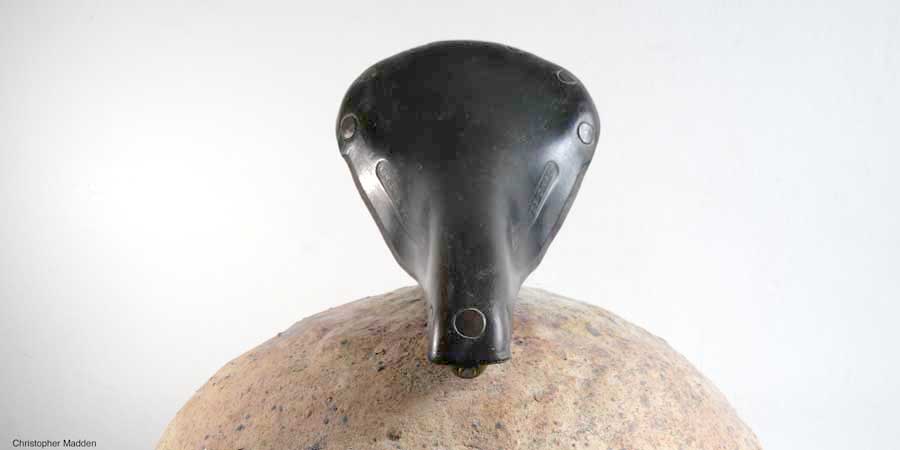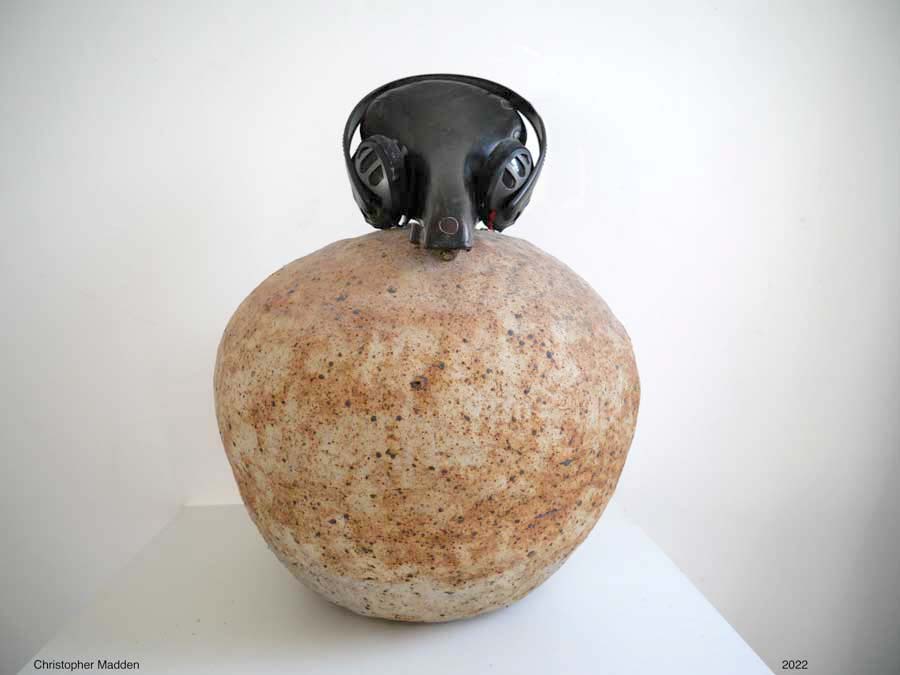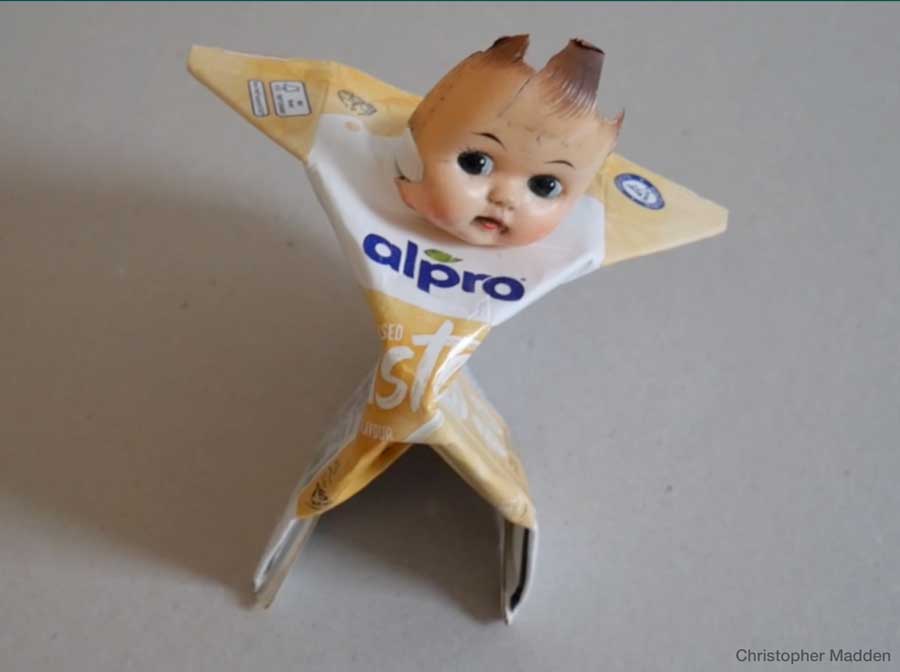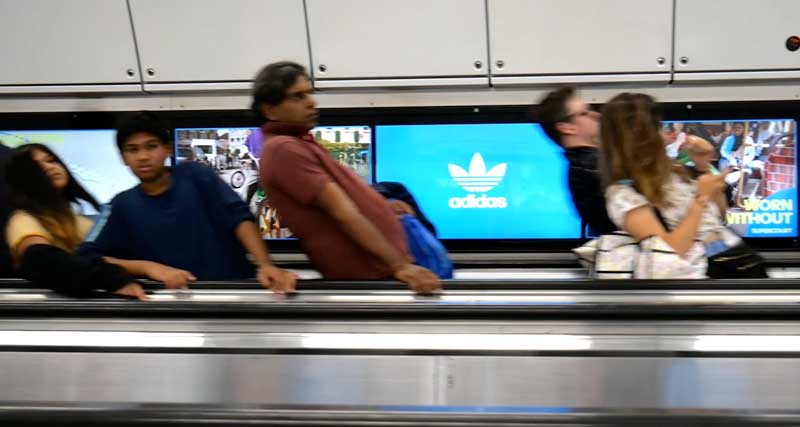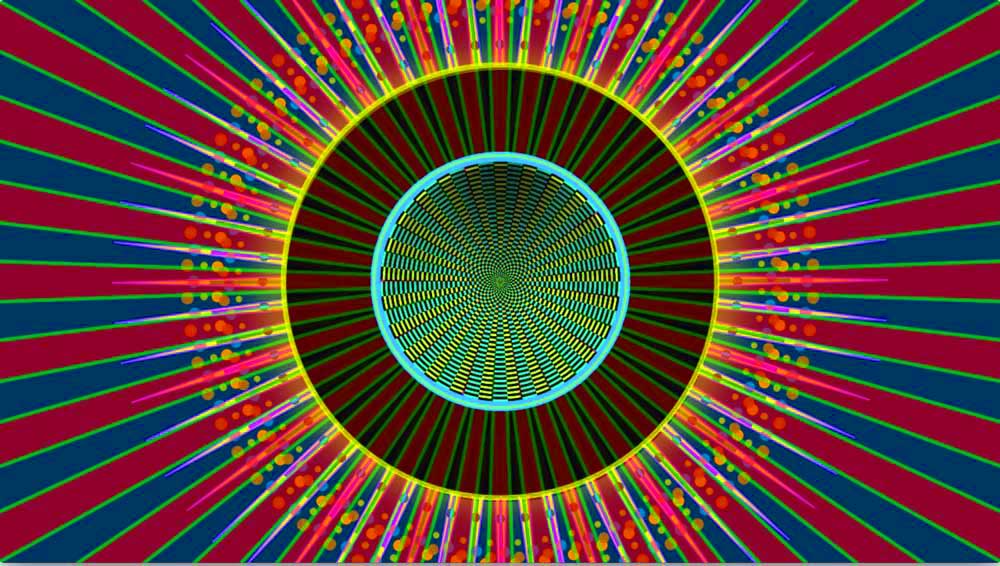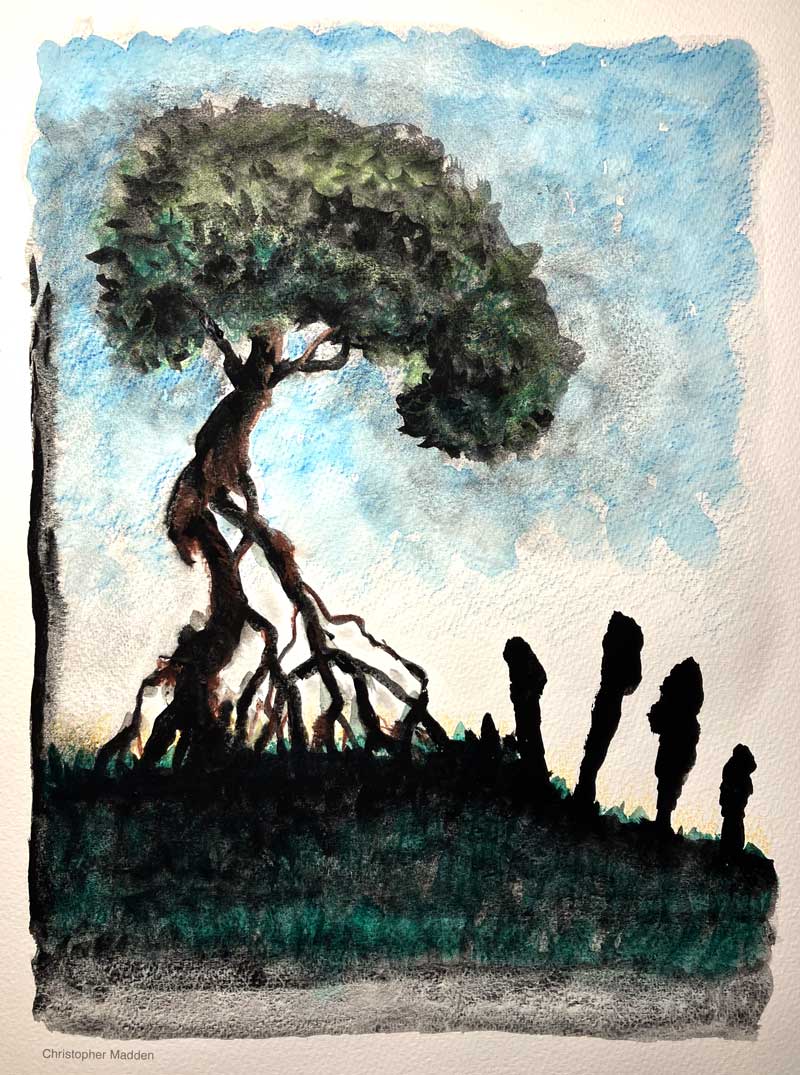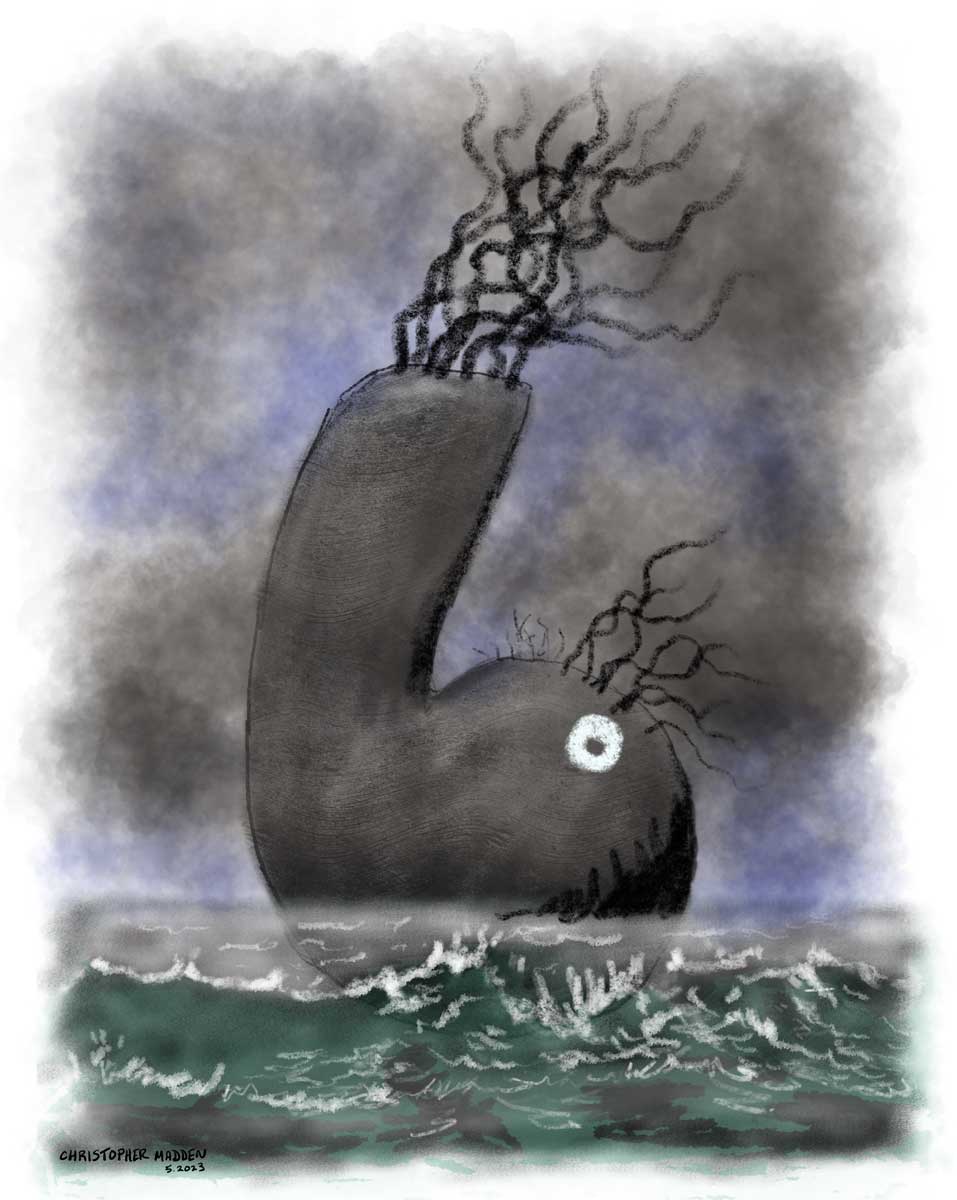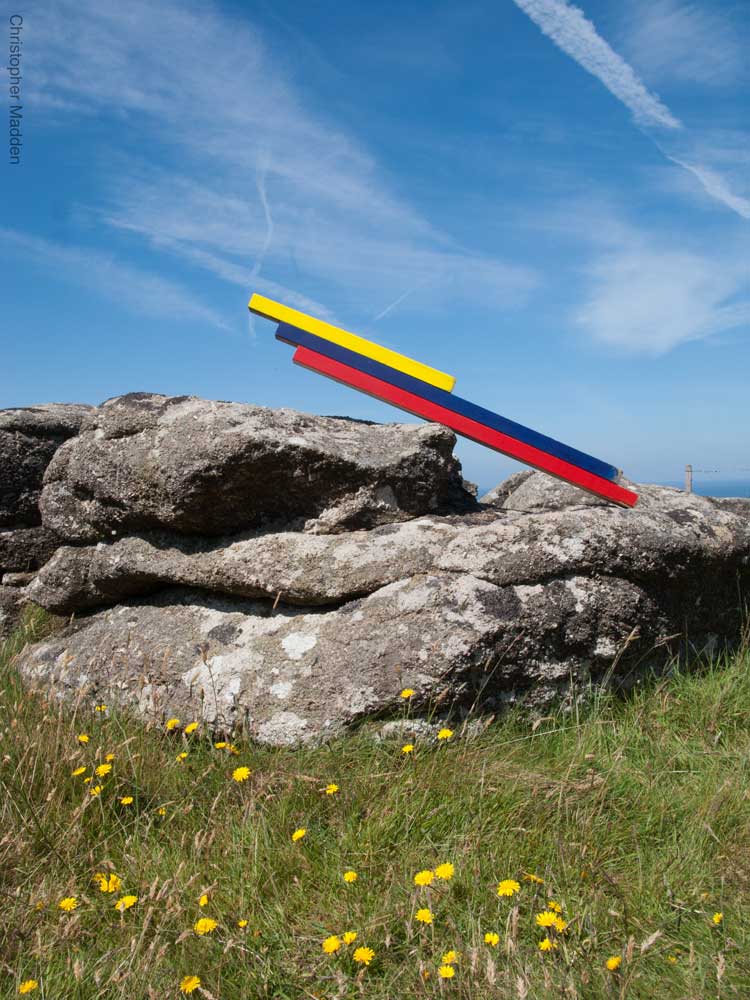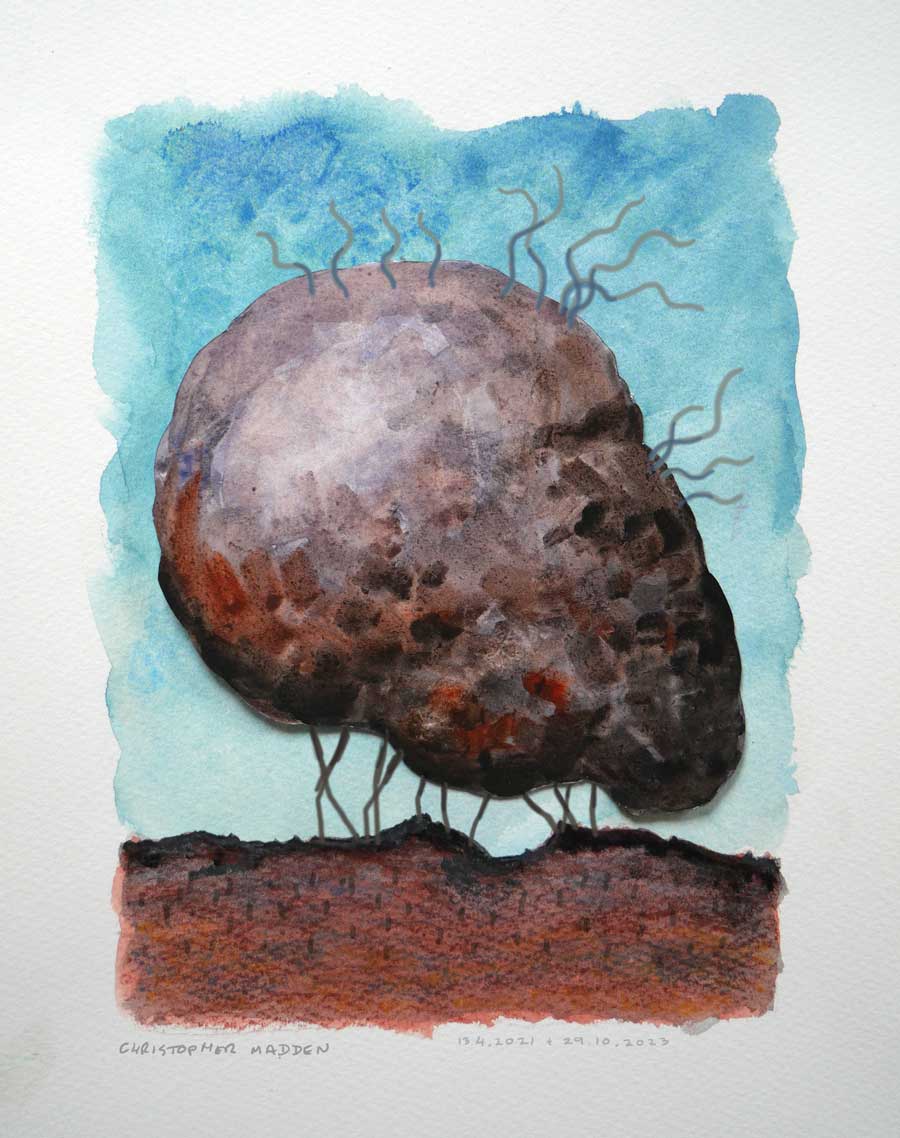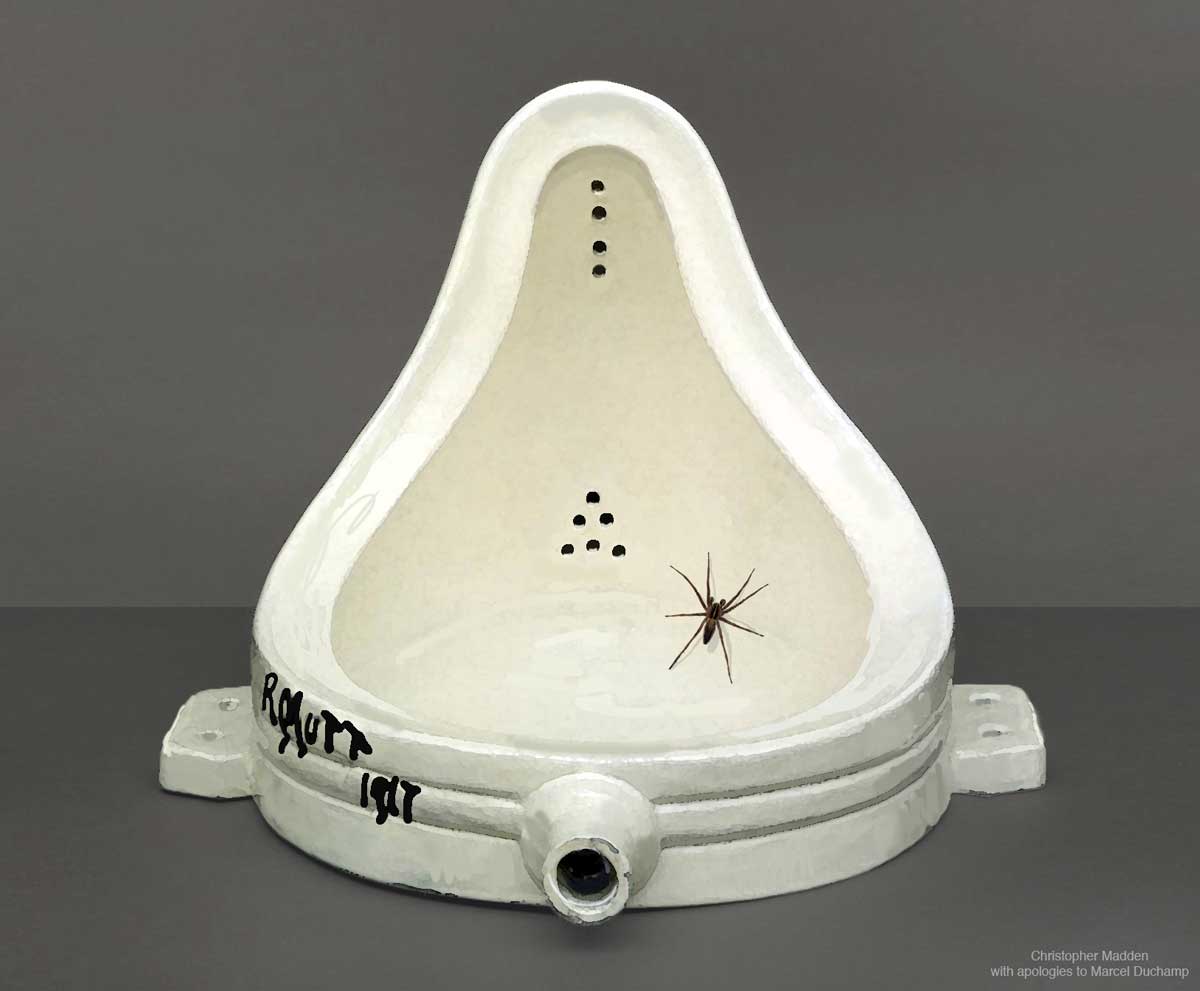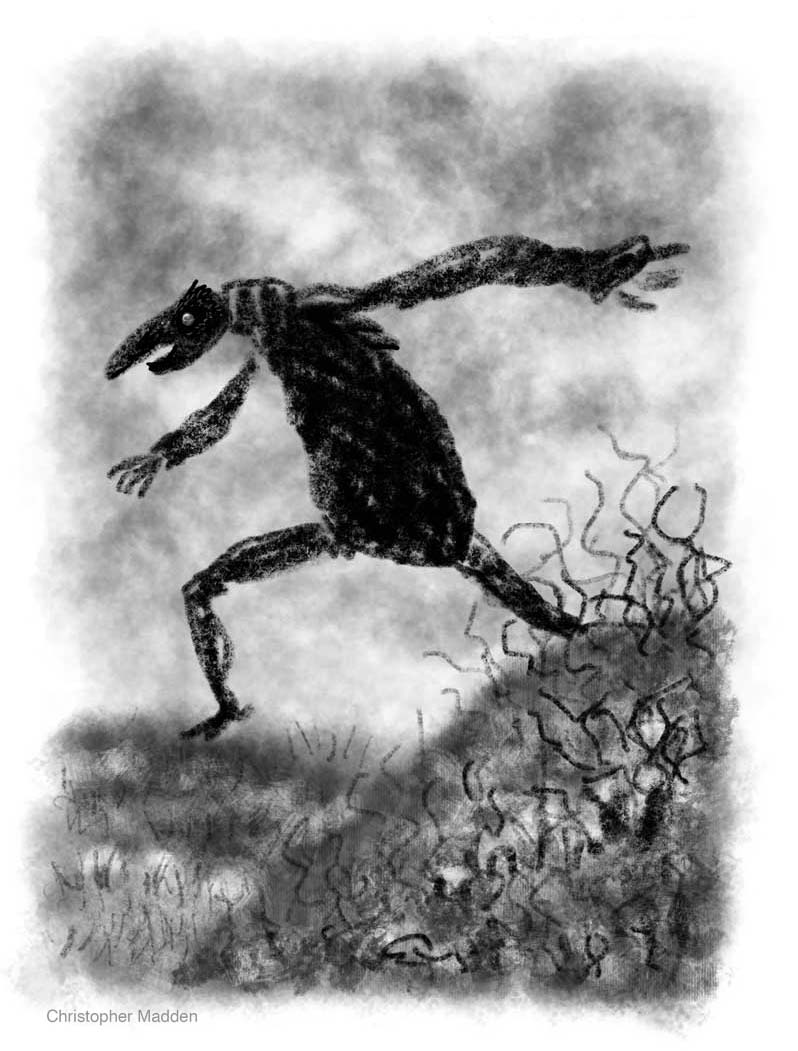
Contemporary art print. Snail
Digital photograph. June 2018.
A contemporary art print of an old snail shell on the top of a cylindrical marble plinth. The snail shell has lost all of its colour due to its age and the amount of time that it had spent outside in the elements. It is now almost indistinguishable from the marble of the plinth on which it rests.
The photograph is taken from a small sculpture that I created from a snail shell found in my garden (It’s the shell of a common garden snail, cornu aspersum).
One of the things that I like about this piece is the fact that the old snail shell is incredibly fragile and light while the marble is hard and heavy, yet they both look remarkably similar on the surface. It is a piece partly concerned with the nature of superficial appearance. It’s also aesthetically pleasing, with all of those curved and rounded forms.
The fragile snail shell evokes feelings about the fragility of nature and the environment in the time of the ongoing environmental crisis.
